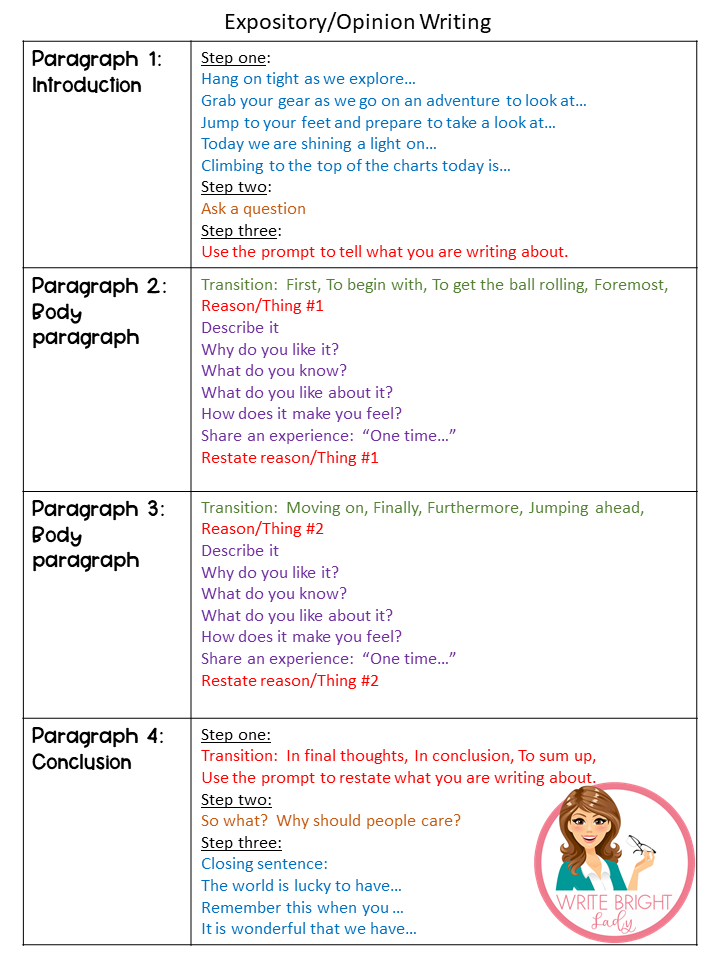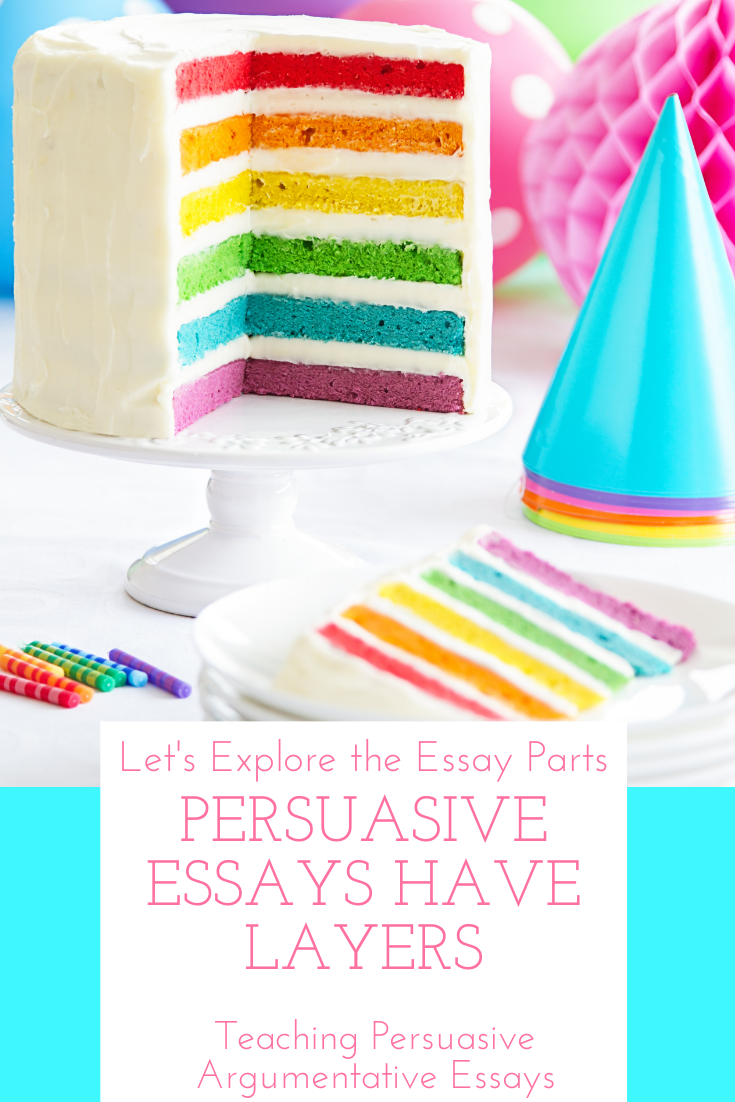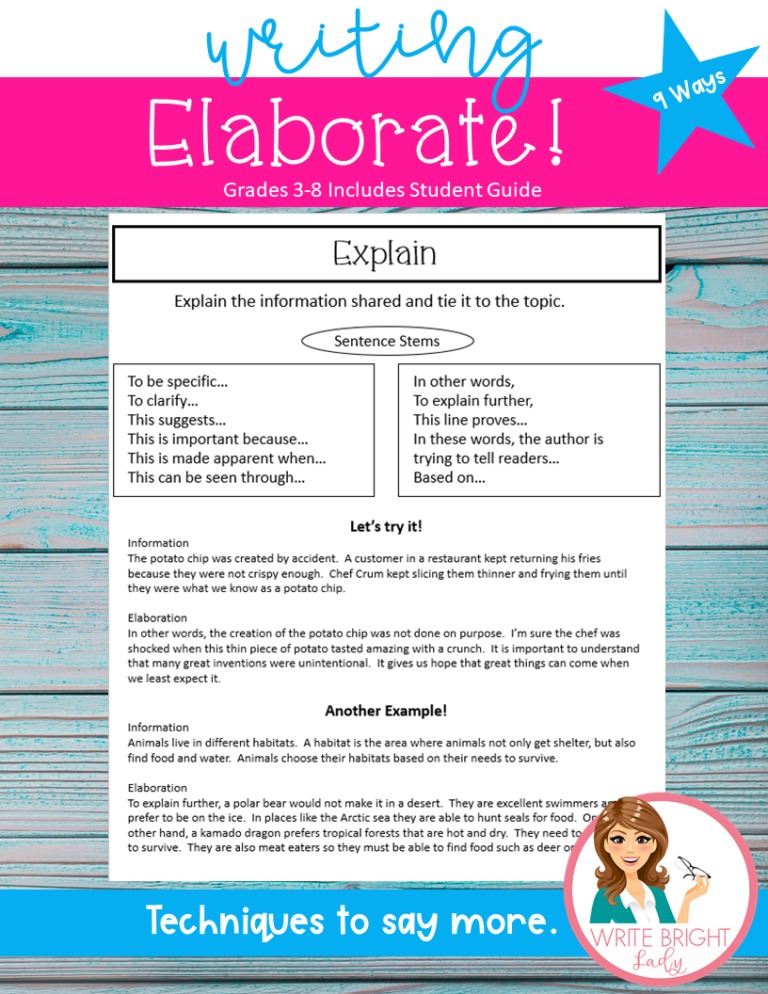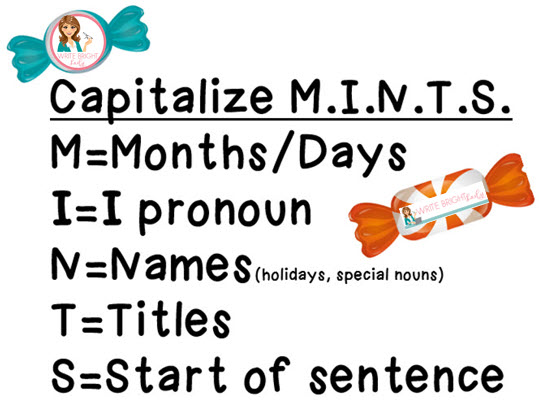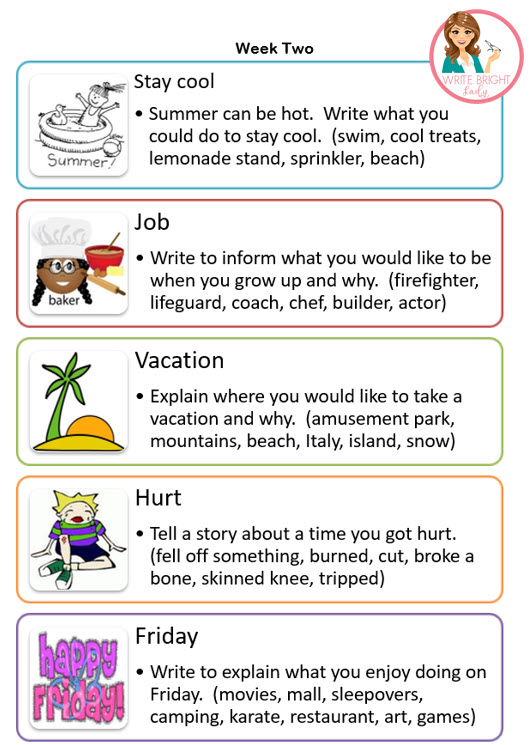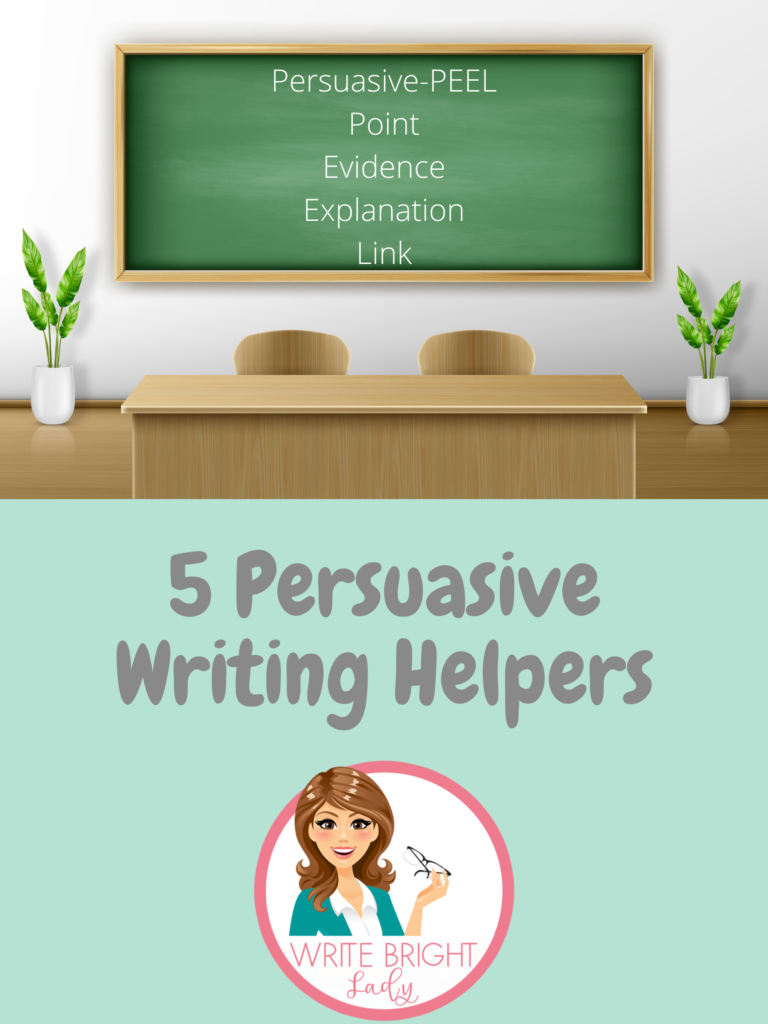How to write a conclusion for essay assignments
If you are looking to teach how to write a conclusion for essay assignments, you have come to the write place…I mean, right place. When teaching how to write a conclusion for essay assignments all you need to do is teach the following steps. Remember, conclusions are not meant to be long. When working on how to write a conclusion for essay assignments you really only need to teach 4 simple things.
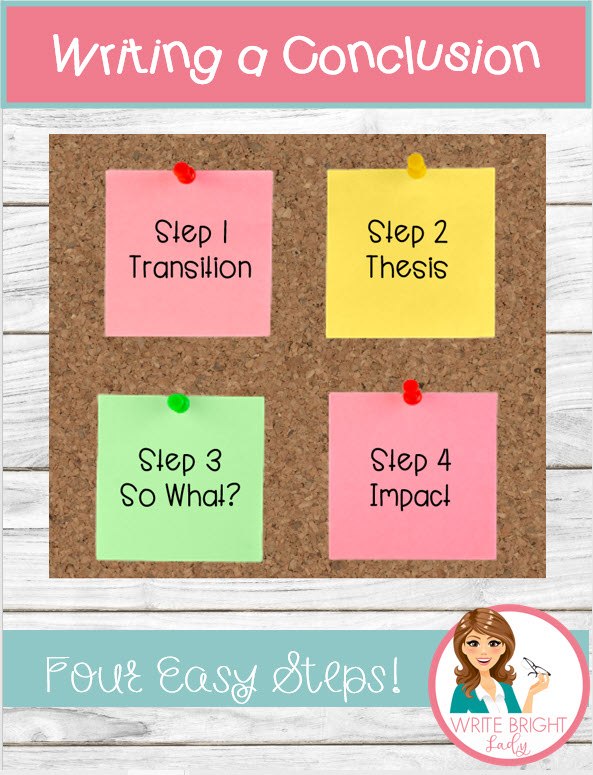
Step 1: Transition your reader. Here’s the thing. The reader needs to know that the essay is ending. By having a transition, students are signaling to the reader that they are wrapping things up. Give them a list to choose from. Struggling writers find lists refreshing.
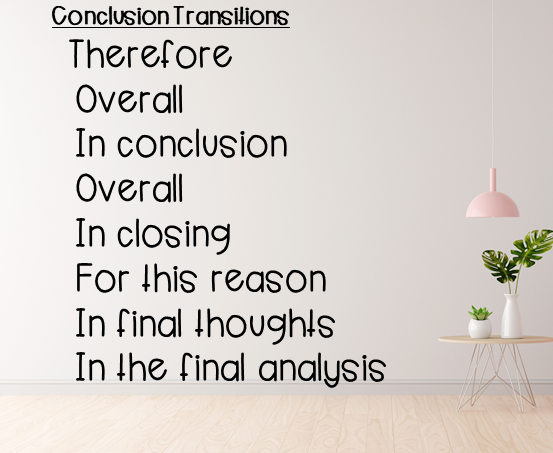
Step 2: Thesis. Students must repeat their purpose for writing. Let them use the prompt or writing instructions to guide them in writing this sentence. If it is an opinion paper, this is where they will repeat their opinions. Essays are not a guessing game; they must be direct. This should be a summary of their previous discussion and not contain new information. The reader should be able to know the main idea of the essay by reading this statement. Give students examples to guide them when they are working to create their own thesis.
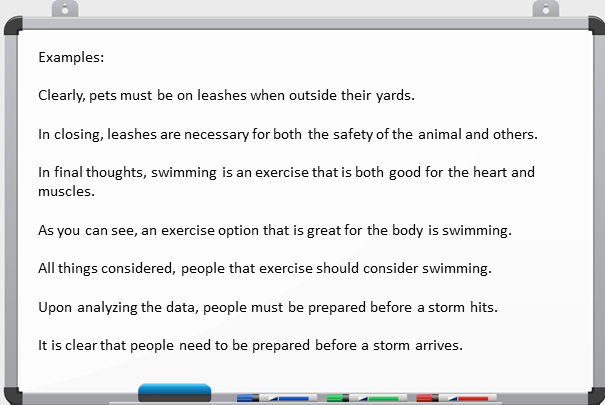
Step 3: Important Key Idea. This sentence should answer the question “So What?” When writing a conclusion, “so what?” must be the focus. Readers want to know why the essay is significant. Writers must consider the most important key idea that they want readers to take away with them from the reading. Why does what you have written matter? What should the reader take away? Share something important about the topic overall. It should be a big idea. Conclusions should never have new information, nor should they have information cited from the text. This is where students can share something they feel is important for the reader to remember before they walk away from the essay.
Step 4: Final Thought. This is the writer’s last chance to be passionate. Students can offer their final impressions of a key idea. It may be a call to action, warning, evoke an image, universalize, or hint to the future.
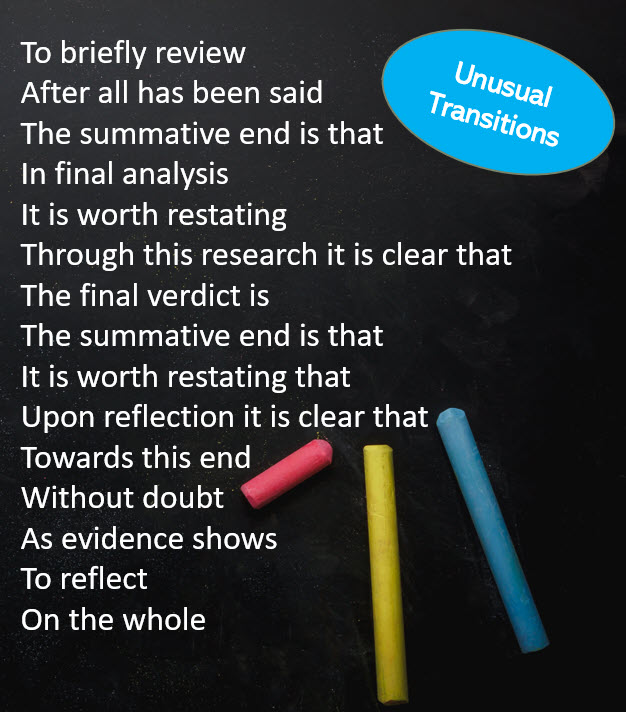
Don’t: Make certain students never announce their conclusion such as “This essay was about” or “This paragraph shares.”
Don’t: Repeat the introduction as the conclusion.
Don’t: Introduce a new idea in the conclusion.
Don’t: Change the tone. The tone of the essay must be consistent throughout.
Don’t: Ramble. This is not the place to start sharing random thoughts or add supporting details that should have already been mentioned. It is also not the time to say the same thing over and over with different words.
Do: Hit the highlights.
Do: Leave your reader with a positive impression.
Do: Answer “So what?”
Do: Challenge the reader to think more about the topic.
Do: Make a lasting impression on the reader.
Do: Drive home the message.
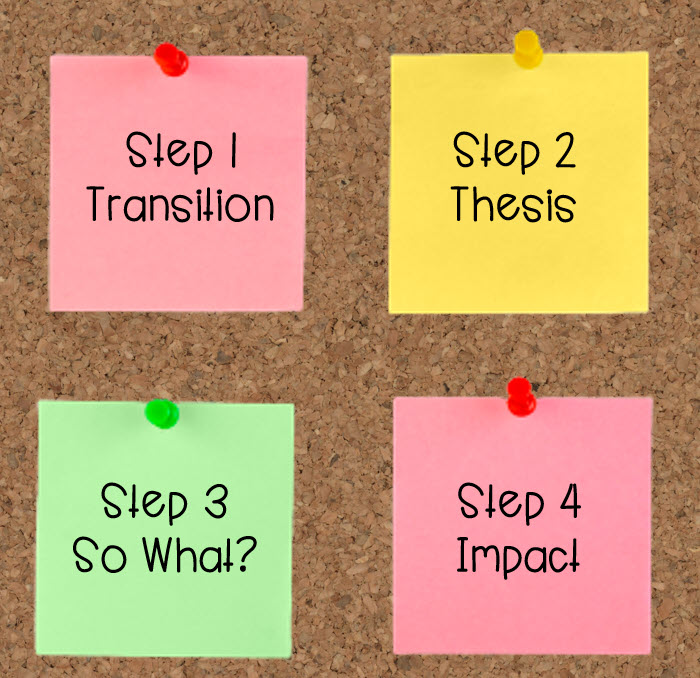
The conclusion is a chance to wrap an essay up into a clean little package for the reader. Students must never apologize for any argument they have made, but rather speak with confidence and authority. They want the reader to feel like they have been hanging out with someone who knows what he or she is doing. Teach students to reinforce the main idea along with a final impression to provide the reader with closure.

